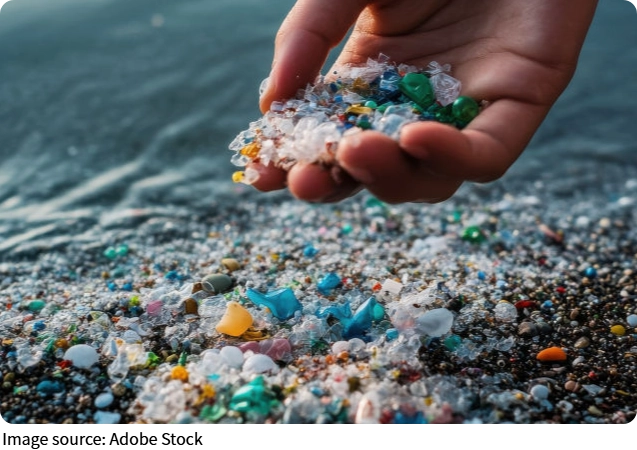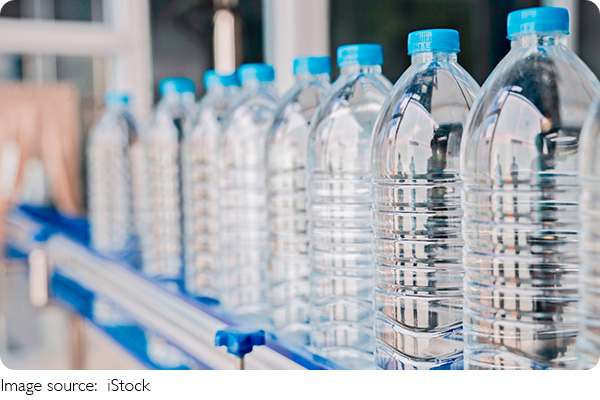Plastic Pollution Crisis

Plastic pollution has become one of the biggest environmental issues we face today. With billions of tons of plastic waste accumulating each year, the problem is growing at an alarming rate.
We, as a society, use plastic for everything – from packaging and bottles to medical supplies and electronics. But what happens after we throw it away? Most of it ends up in landfills, oceans, and other ecosystems, harming wildlife and disrupting the natural balance.
The Current State of Plastic Pollution
The statistics surrounding plastic pollution are staggering. According to recent estimates, around 8 million tons of plastic waste end up in the oceans every year. This waste not only pollutes the water but also poses a serious threat to marine life. Sea creatures mistake plastic debris for food, which leads to injury, poisoning, and even death. Larger pieces of plastic break down into microplastics, which are now found in the water we drink, the food we eat, and even the air we breathe. It's clear that the plastic pollution crisis affects us all, even if we don't always see the impact.

Why Plastic Pollution Is a Crisis?
So why is plastic pollution such a huge problem? First, plastic takes hundreds of years to decompose. That means every piece of plastic ever made still exists in some form today. This long lifespan combined with the massive production of plastic creates a serious environmental burden. In fact, only 9% of the plastic ever produced has been recycled. The rest either ends up in landfills or in the environment, where it causes harm.
What Can We Do About It?
While the problem may seem overwhelming, there are solutions. The first step is reducing plastic use. We can start by opting for alternatives like reusable bags, containers, and bottles. Many companies are now offering plastic-free products, and individuals can make a significant difference by supporting these businesses. For example, bringing your own reusable coffee cup to your local café or choosing products that come in glass or cardboard packaging can greatly reduce your plastic footprint.
Another effective strategy is recycling. Recycling programs help prevent plastic from ending up in landfills or oceans. However, we need better recycling infrastructure and more education about what can and can't be recycled. Currently, many plastics end up in the wrong bin or aren't properly processed, meaning they still contribute to pollution.
The Role of Legislation and Innovation
Governments around the world are beginning to take action. Countries like Rwanda and Kenya have implemented plastic bans, and others are considering taxes on single-use plastics. The EEUU has also introduced a plan to reduce plastic waste significantly by 2030. These are important steps, but we need to see more global coordination and enforcement to curb plastic pollution effectively.
Innovation plays a vital role in solving this problem as well. Scientists and companies are working on creating biodegradable plastics and alternatives made from natural materials like seaweed. In addition, new technologies that can break down plastics or convert them into useful products are being developed. By investing in these innovative solutions, we can pave the way for a future where plastic pollution is a thing of the past.

Our Collective Responsibility
We all have a role to play in tackling plastic pollution. From individuals making conscious choices to governments passing laws and companies adopting sustainable practices, the power to make a difference lies in our hands. Let's choose to be part of the solution, not the problem. Together, we can help reduce plastic pollution and protect our planet for future generations.
Lykkers, the next time you grab a plastic item, think about its impact. Small changes, like choosing a reusable bottle or recycling more, can make a big difference. What steps will you take to reduce plastic in your life? Let's start today!
-
 Green Energy RevolutionWind and solar energy are changing the global energy landscape – find out how these power sources are reshaping our future!
Green Energy RevolutionWind and solar energy are changing the global energy landscape – find out how these power sources are reshaping our future! -
 Waste Sorting ChallengesWhy Are Cities Struggling With Waste Sorting? Discover the Key Challenges and Opportunities for a Cleaner Future!
Waste Sorting ChallengesWhy Are Cities Struggling With Waste Sorting? Discover the Key Challenges and Opportunities for a Cleaner Future! -
 Navigating Tough ColleaguesHow emotional intelligence can help us handle difficult coworkers and foster a harmonious workplace.
Navigating Tough ColleaguesHow emotional intelligence can help us handle difficult coworkers and foster a harmonious workplace.